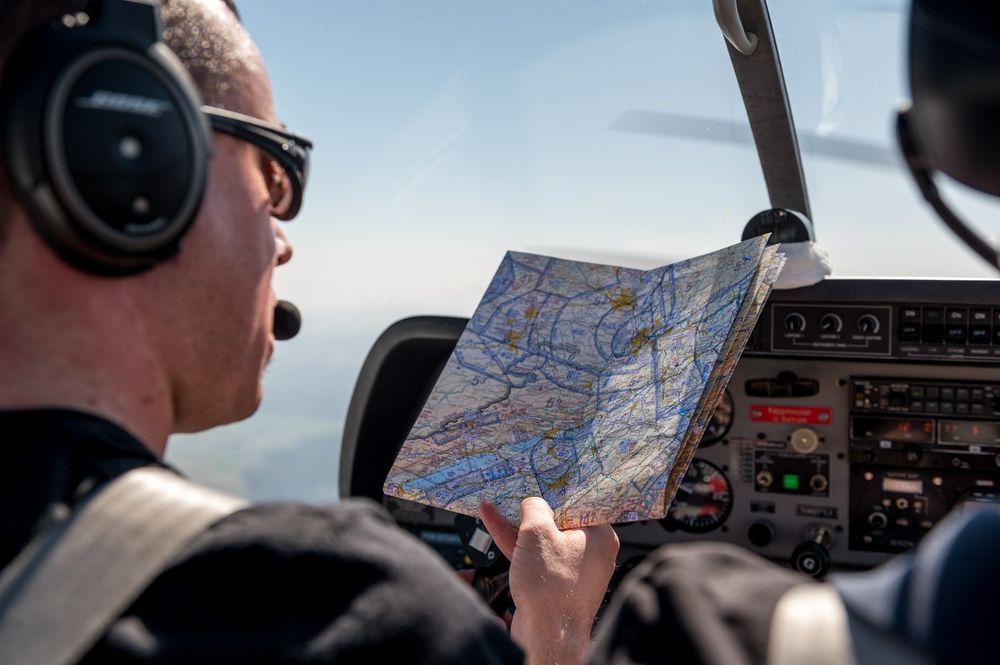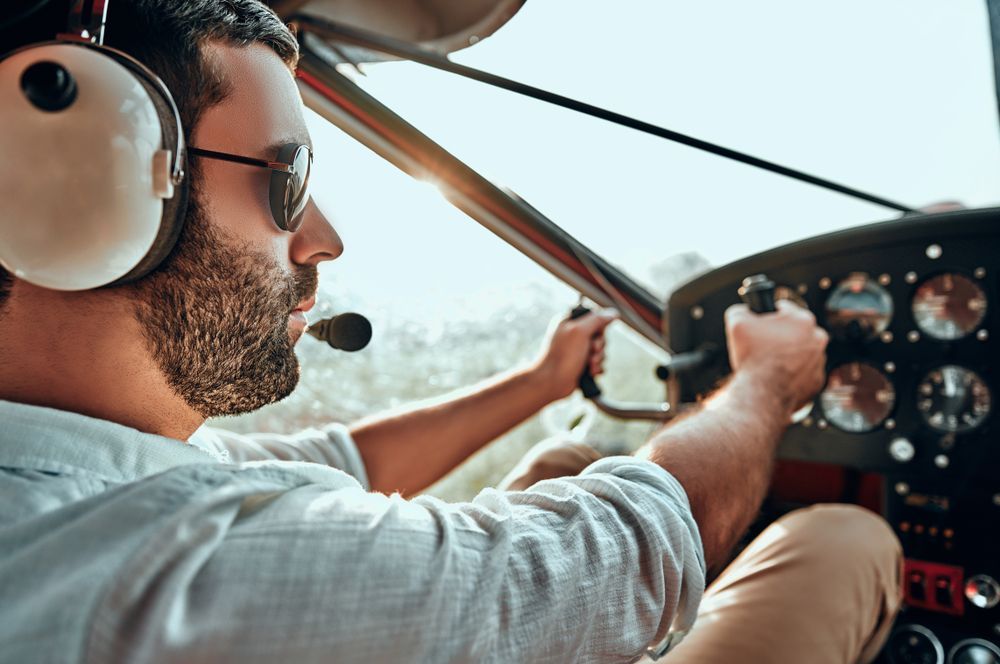How Long Does it Take to Become a Pilot?
Share this article:

Do you dream about the thrill and adventure accompany being a commercial airline pilot? Do you wonder how long it would take to become an airline pilot? As long as you are at least 18 years old, you can begin working to obtain your private piloting license, a mandatory step prior to acquiring your commercial pilot license.
In the content below, we discuss how long it takes to become an airline pilot and the process behind navigating piloting school.
How Long Does it Take to Become an Airline Pilot?
Completing commercial piloting school in the United States requires a mandatory 1,500 logged flight hours , not including time spent on the remainder of your required training. Therefore, completing everything needed to become a commercial airline pilot may take up to 30 months. Although this may seem like an excessive amount of time, piloting an airline plane requires a lot of knowledge and hands-on training.
The Airline Training Program Timeline
Typically, to acquire your commercial piloting license, you have two options: the traditional flight training and the accelerated flight program.
Traditional Flight Training
Generally, traditional commercial pilot training programs take between six months and a year to complete. However, keep in mind that this depends on the program you select as you can attend either part-time or full-time. Ultimately, the length of the program depends on how long it takes you to complete at least 80 hours of instructor time.
Accelerated Flight Training
Compared to traditional programs, accelerated commercial pilot training takes a fraction of the amount of time to complete. As a result, these programs range between 30 and 60 days on average, excluding your logged flight hours. Because of this program timeline, they require a more vigorous experience routine compared to a traditional program, often including instructor time beginning at 8:00 or 9:00 AM and lasting until 5:00 PM, five to seven days a week. This intense schedule ensures that students finish the program within the allotted time, but the pace can be stressful or overwhelming to some. However, the lack of day-long breaks between classes may help students better remember the materials.
Which Training Program is Best for Me?
Ultimately, it is important to know your own ability to study and react well to pressure. If you can handle, or even thrive, in a fast-paced, intensive learning environment then accelerated programs are worth the look. However, if you prefer having more time to learn the material, a traditional program may be your best option. Additionally, decide which program works best for your financial situation as some flight programs cost much more than others.
Eight Phases of Pilot Training
When training to become a commercial pilot , you primarily undergo eight different phases. Below is an example of an airline training flight program.
Phase One: Learning Professional Cross-Country and Night Procedures
In this first phase, you acquire the necessary skill to navigate typical cross-country and night flying scenarios. Also, your training here will include cross-country planning and sectional charts.
Phase Two: Refining Navigation and Basic Maneuver Skills
Here, you take what you learned from phase one and develop it even further. Additionally, you will train on radio navigation, flight instruments, and airspace and weather minimums.
Phase Three: Building Cross-Country Experience
At this time, you begin studying and tracking weather, weight, and balance. Then, you will continue applying everything learned thus far with a cross-country and progress check.
Phase Four: Flying Complex Airplanes
As the beginning of stage two in your flight program training, you start studying and analyzing flight aerodynamics. Additionally, you continue to practice flight scenarios with complex airplane instruments and maneuvers followed by another progress check.
Phase Five: Flying Commercial Maneuvers
Now that you successfully completed the first half of your flight instruction training , you can begin training for airline aviation. In this phase, you continue learning about aircraft performance and commercial maneuvers. However, you also practice flight scenarios such as steep turns and spirals, emergency descent maneuvers, chandelles, lazy eights, eights on pylons, and much more. At the end of this phase, you will undergo an additional progress check to ensure you know how to properly react in the above flight scenarios.
Phase Six: Preparing for Your Commercial Checkride
Finally, in this phase, you enter the final stage in your aviation training as you study flight operations and the tangible applications to such. You will review and improve your commercial maneuvers in addition to your cross-country training.
Phase Seven: Fine Tuning Your Skills
You are now at the second to last phase in your piloting program. At this time, you study and review the federal aviation regulations while honing in your commercial and cross-country flight maneuvers.
Phase Eight: Achieving Your Goal
You set out for airline piloting and are now almost there! With this final progress check reviewing your commercial maneuvers and checkride briefing, you can finally picture yourself in the cockpit, ready to transport commercial airline passengers to new adventures ahead.
Should I Become a Pilot?
If you have always taken interest in becoming a private pilot or airline pilot, then completing the training is certainly rewarding. However, some may wonder the additional benefits of piloting for a career.
Average Piloting Career Length
Pilots have a federally mandated retirement age of 65, which may seem off-putting for those closer to that age bracket. However, if you are in your twenties or thirties, you can have a great, long career ahead of you! If considering the employment retention of pilots, know that now is the best time to begin your career as the demand is higher than ever for pilots.
Explore Airline Pilot Careers
With a commercial pilot’s license, you can work for aviation industries other than commercial airlines that also come with rewarding salaries. Below are some additional airline piloting careers :
- Nonscheduled Air Transportation
- Ambulance Services
- Technical and Trade Schools (Private)
- Scenic and Sightseeing Transportation
Become an Airline Pilot with J.A. Flight Training
If now is the time for YOU to start flight school, start looking at next steps! J.A. Flight Training is conveniently based in Chicago’s western suburb, Sugar Grove. No matter which career path you follow, you can count on experiential learning with the most up-to-date equipment, flight simulators, and aircrafts available. We are proud to offer world-class training that prepares our students for a successful future as a pilot through flexible classes and affordable programs. If you would like to receive more information about our flight training program, contact us today to get started on your new career path!
Connect with Us:



